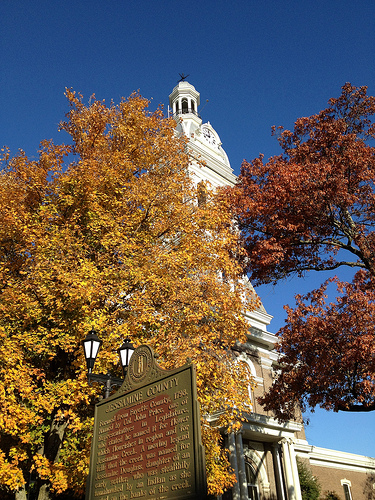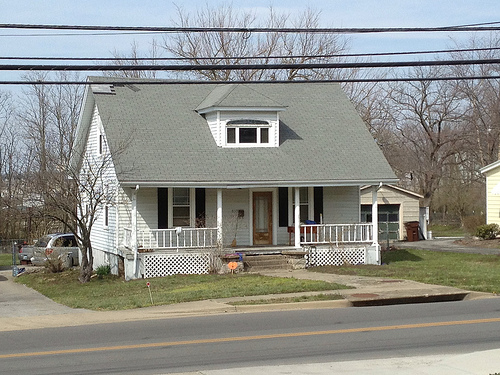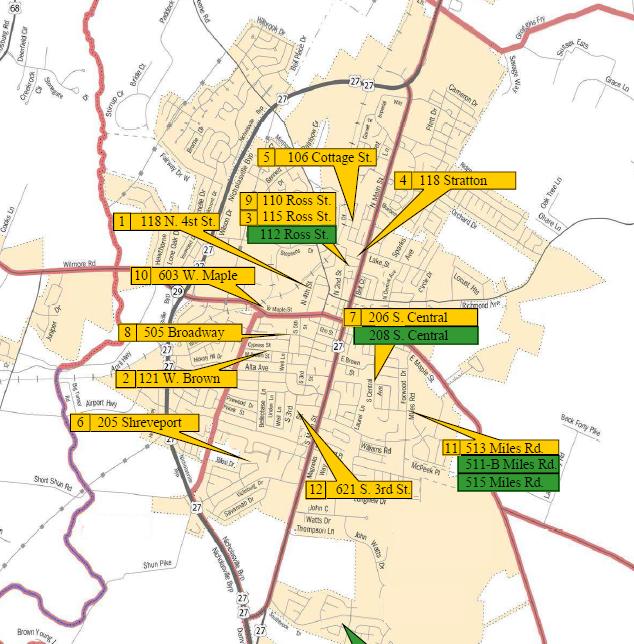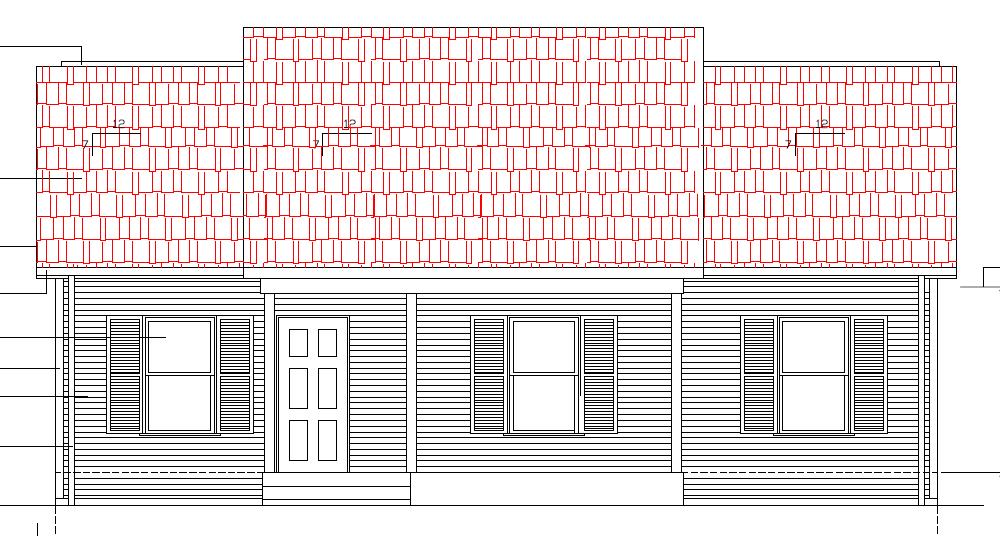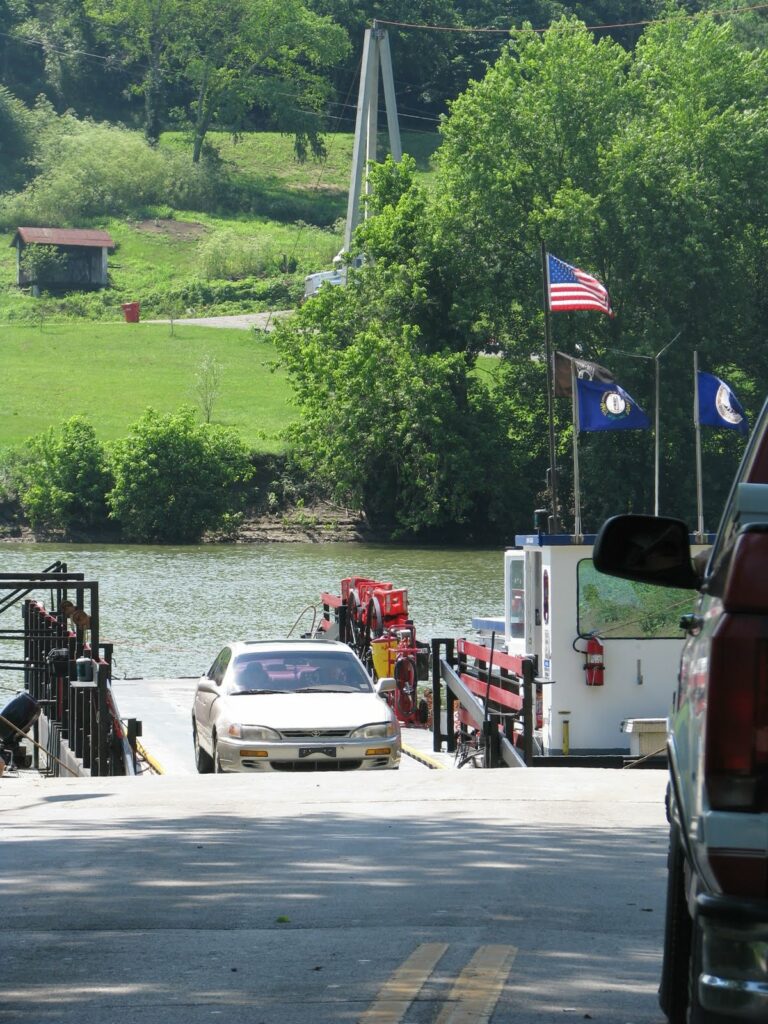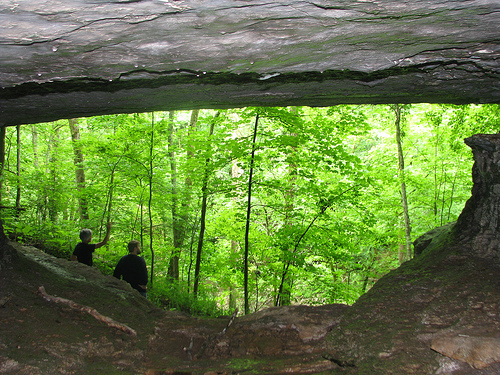My family and coworkers are now loath to see me coming.
It’s that time of year when I’m carrying a plastic bag or a box filled with tomatoes and cucumbers fresh from the backyard garden.
Travelling north to Ohio this past weekend, I was glad to deposit about 20 pounds of cucumbers with my sister. Her neighbors will in turn reap their share of Kentucky’s bounty.
My neighbor and I meet on the sidewalk in a scene straight from Tombstone’s O.K. Corral, only I am armed with cucumbers and he with banana peppers.
Though Robert Frost penned that “good fences make good neighbors,” I’d suggest that the poet should have tried home-grown produce.
Yes, it is that time of summer when we realize that no amount of trellis or staking could support the crop which is now at the peak of its harvest.
We trade, give away, and consume fresh produce in great volume during this season.
And though it seems that there isn’t ever going to be an end to it all, I know that the season is relatively short and that I must savor every moment. And every delicious bite.
Already my wife and I have enjoyed pesto on everything. My kindergartner prefers pesto pizza to pepperoni. And I’m OK with that.
Cucumbers have been pickled, dehydrated, sliced, and grated. Dinner has on more than one occasion consisted of a cool cucumber gazpacho, perfect on a hot summer evening.
But the one taste of summer that truly is perfection is the simplest to prepare: the tomato sandwich.
It has been described on CNN’s eatocracy blog as “the best sandwich in the universe — at least for the month of August.”
It’s true. Sliced bread with a heavy hand of Duke’s mayonnaise, sliced tomatoes and a light dusting of salt and pepper. Perfection.
And you must agree, because my last two trips to the grocery have found an empty spot where the Duke’s mayonnaise should be.
And now that August is coming to a close, that last taste of summer will slip away into autumn.
But for now, savor a few more tomato sandwiches.
And try to use up or give away what’s left on the vine.

This column originally appeared in the Jessamine Journal.
It should not be republished without permission.



